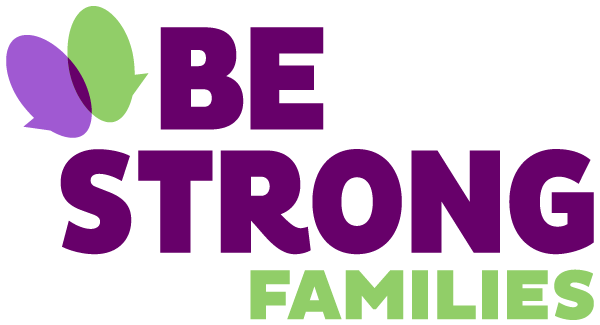A White Sister’s Experience with Transracial Adoption
About a year after my brother moved in with my family, I was in the toy aisle of Target staring at a bunch of Ryan Reynolds look-alikes. I was beyond frustrated—Green Lantern was his favorite superhero, because he was Black like him. But the 2011 remake meant that the only Black action figures at Target were some half-price villains in the clearance bin. At 16, the symbolism was not lost on me.
Five years later, when I started writing my senior thesis, I knew I wanted to understand how my experience loving my Black brother, and the anger it evoked in me in Target, had shaped my life. I wasn’t a fan of the National Geographic covers that made it seem like multiracial people (or families) were going to fix racism. My multiracial family only proved to me how deep and insidious racism is. With that huge disclaimer in mind, I also knew that my experience as a sister of a Black brother had fundamentally changed me.
Most research on transracial adoption focuses on the adopted children of color—examining how their racial identity was impacted by living with white parents and evaluating their life outcomes through numerous qualitative and quantitative measures. This makes a lot of sense. Of course, we should all be concerned with the children’s well-being. But I felt like this contributed to an idea of “whiteness” (and white people) that I don’t accept: that we don’t have a racial identity or racialized experiences. If we take Target for the example, my race, and the ability to choose from a variety of white action figures (gender aside) has just as much of an impact on my life and my identity, as the lack of choice has for people of color. This is important because when we think about whiteness imagined as a neutral identity, the burden of race in transracial adoption is placed on the race of the child. At the same time, when we see whiteness as dominant and overpowering, we look only at how being in a multiracial family affects children of color, and we miss the way that white parents (and siblings like me) also experience shifts in identity.
My research affirmed that adoption is a reciprocal process, like any parent-child relationship, that inherently defines one person in relation to another. Recognizing how white parents experience race and imagine their own racial identity before adoption prevents the construction of race as a burden inherent to Blackness, and instead demonstrates how race, and racism, are problems of whiteness. When white parents are forced to reconcile with the racism experienced by their children, through explicit discrimination, lack of representation, and racial isolation, they are also forced to accept responsibility for protecting their children from racial harm. Because it is impossible to shelter a Black child from racism in a racist society, parental love thus necessitates anti-racist action that seeks to undermine racism at its root. Transracial adoption holds the potential for this kind of radical love, a love that is performed not just through private caretaking, but also through public action. I encourage us all to act.
For me, this action looks different every day. It includes redistributing my money to community organizers on the ground who are fighting for prison abolition, as well as to individual people of color who need help with things like tuition, childcare, and housing. It includes reading and recommending books by women of color. It includes voting. It includes screwing up, admitting it, and changing. It includes attending protests and signing online petitions. It includes hard conversations with extended family members, casual acquaintances, and close friends.
Article by Jessie Schrantz

